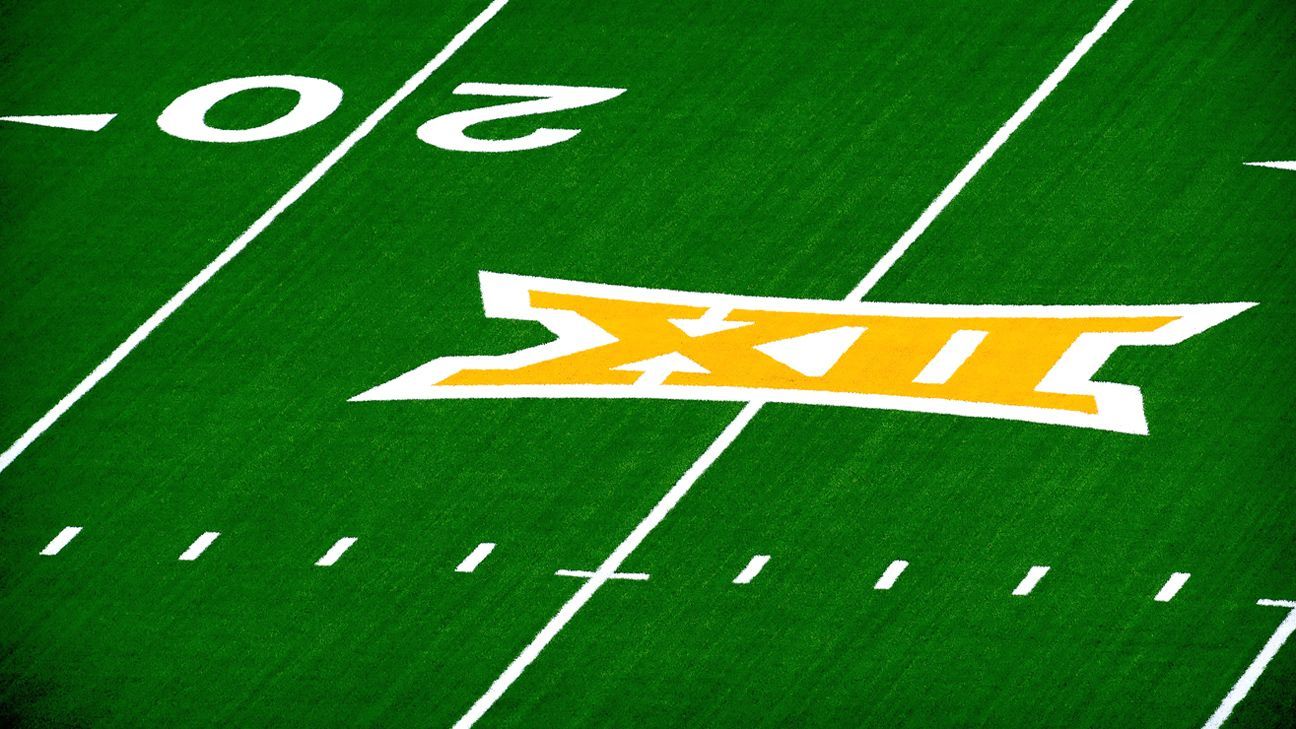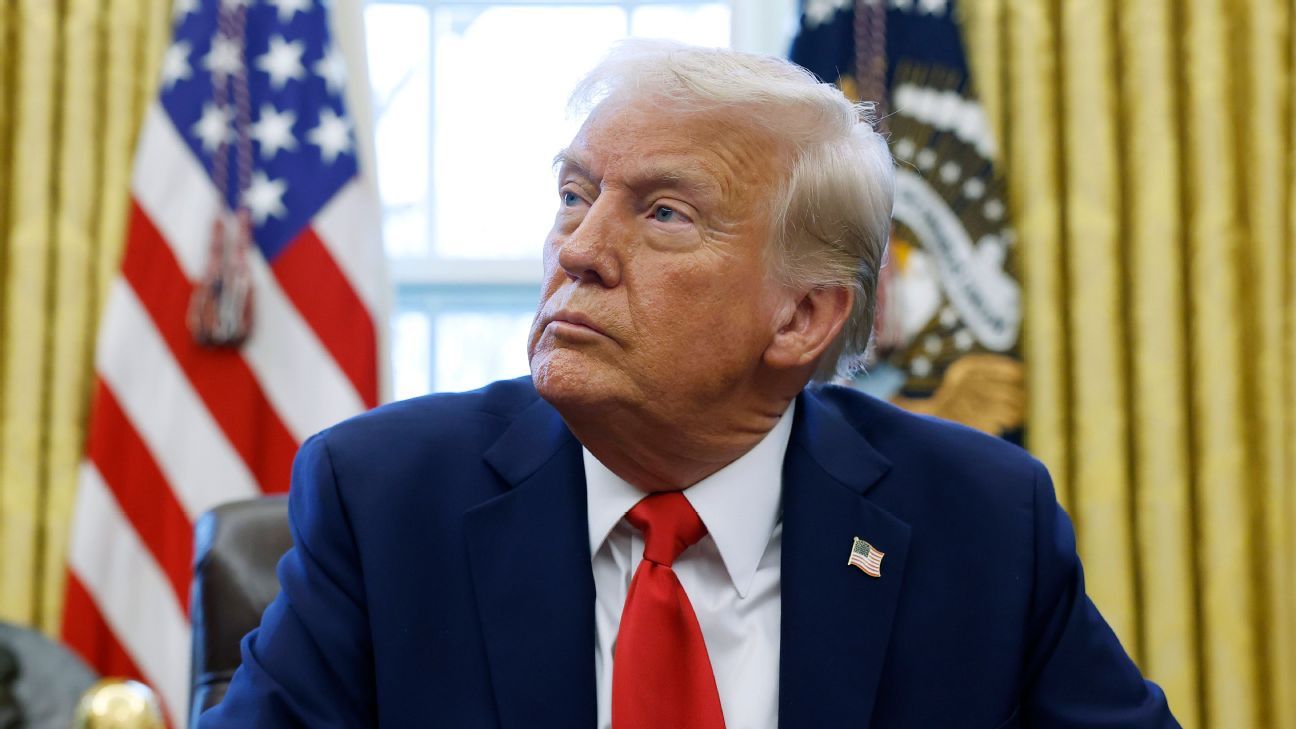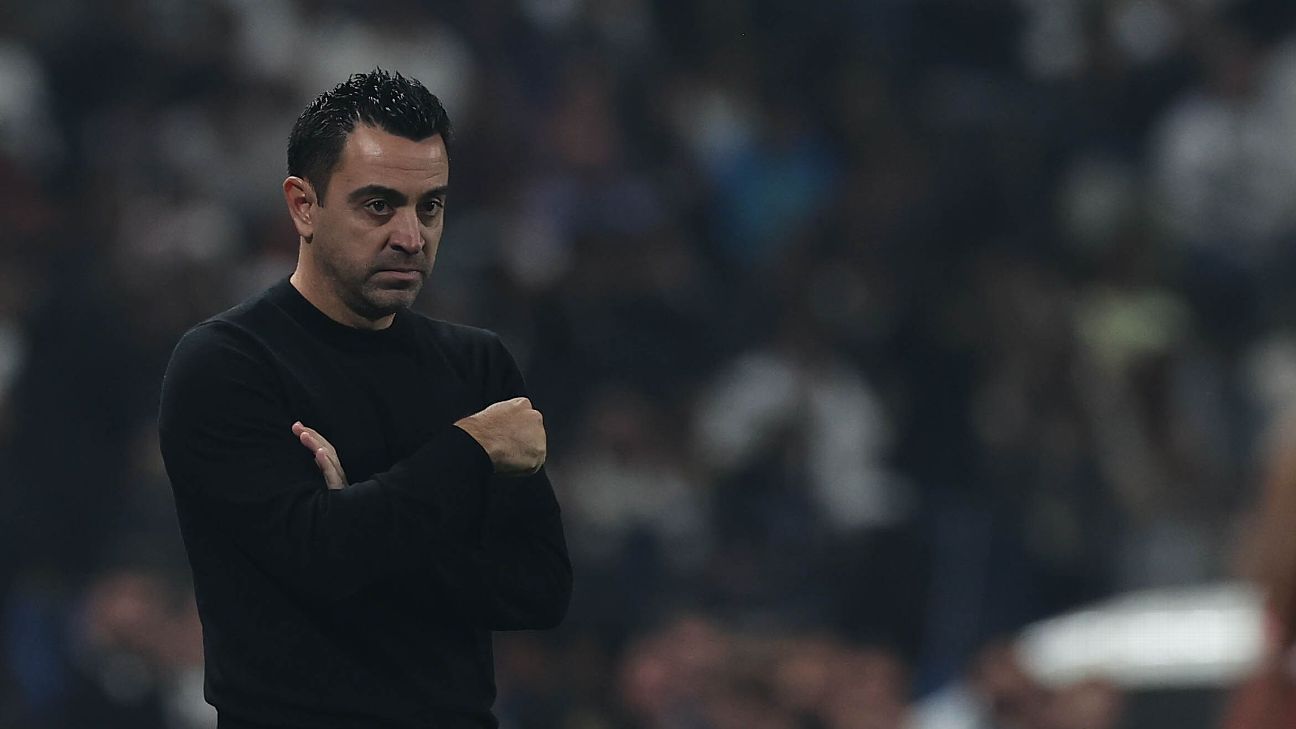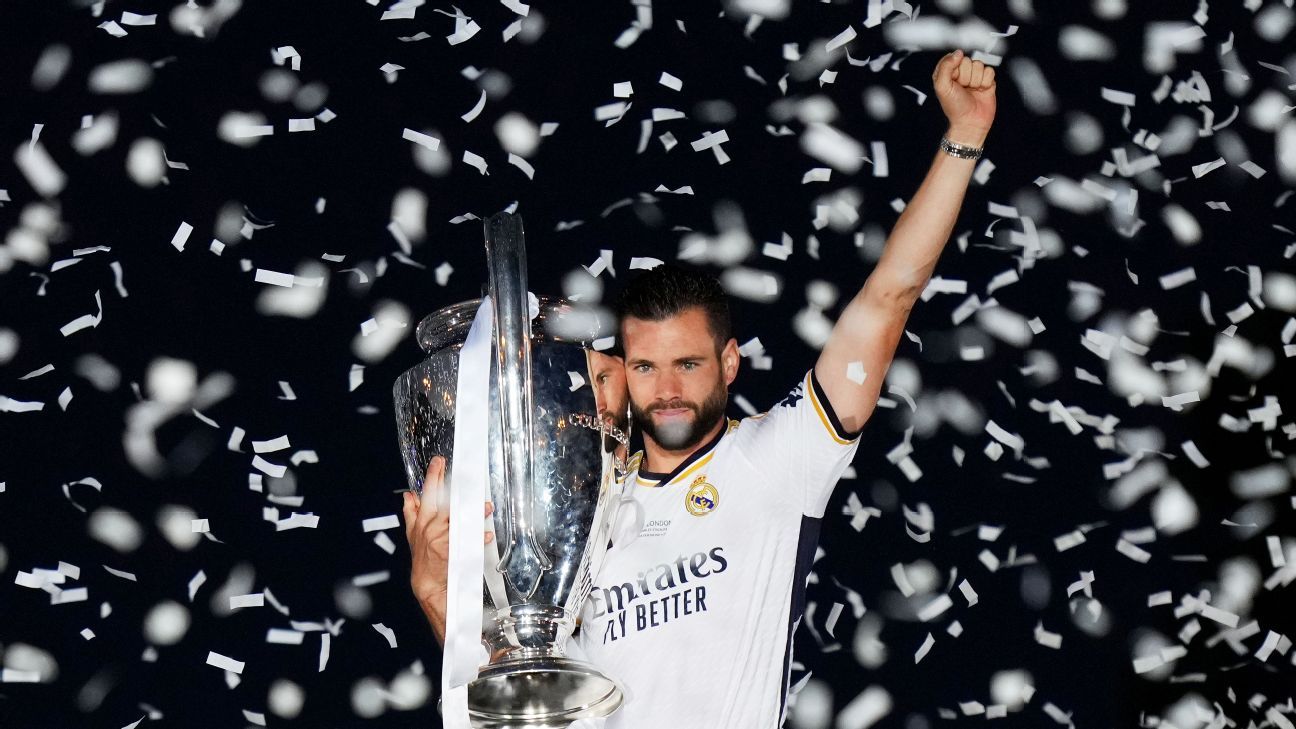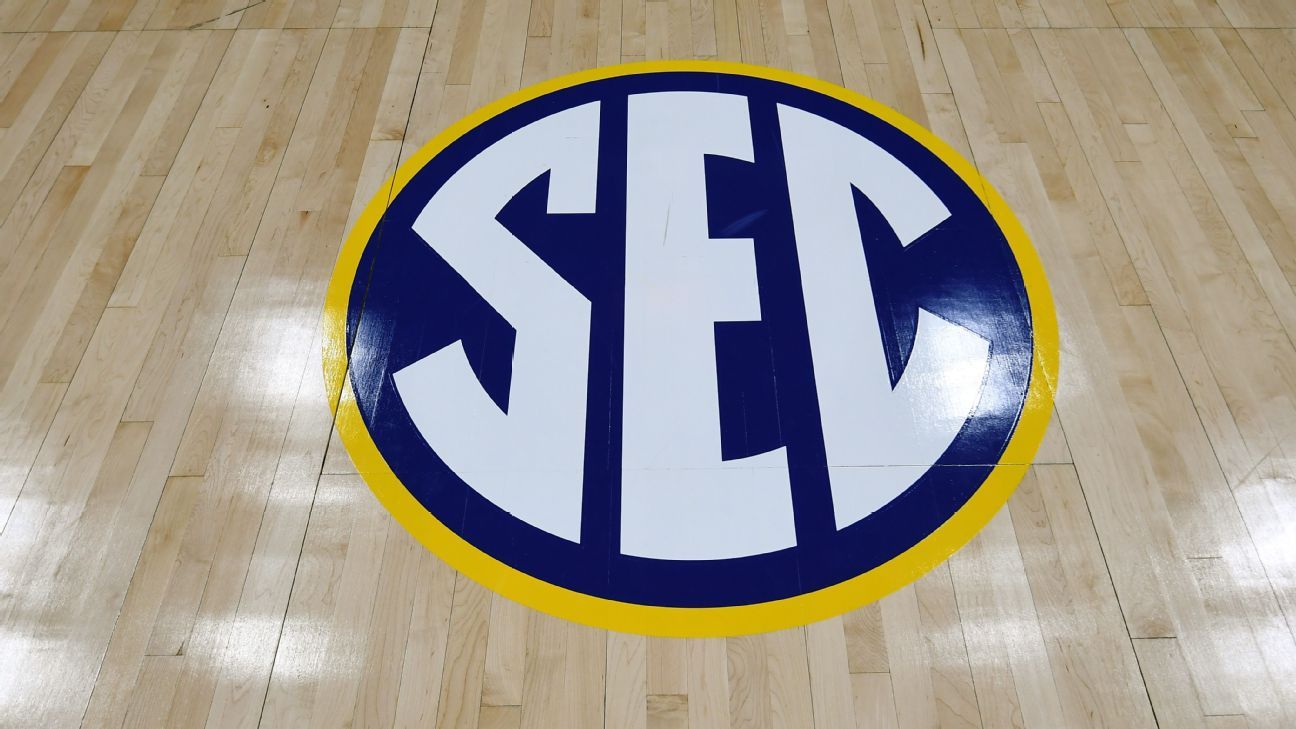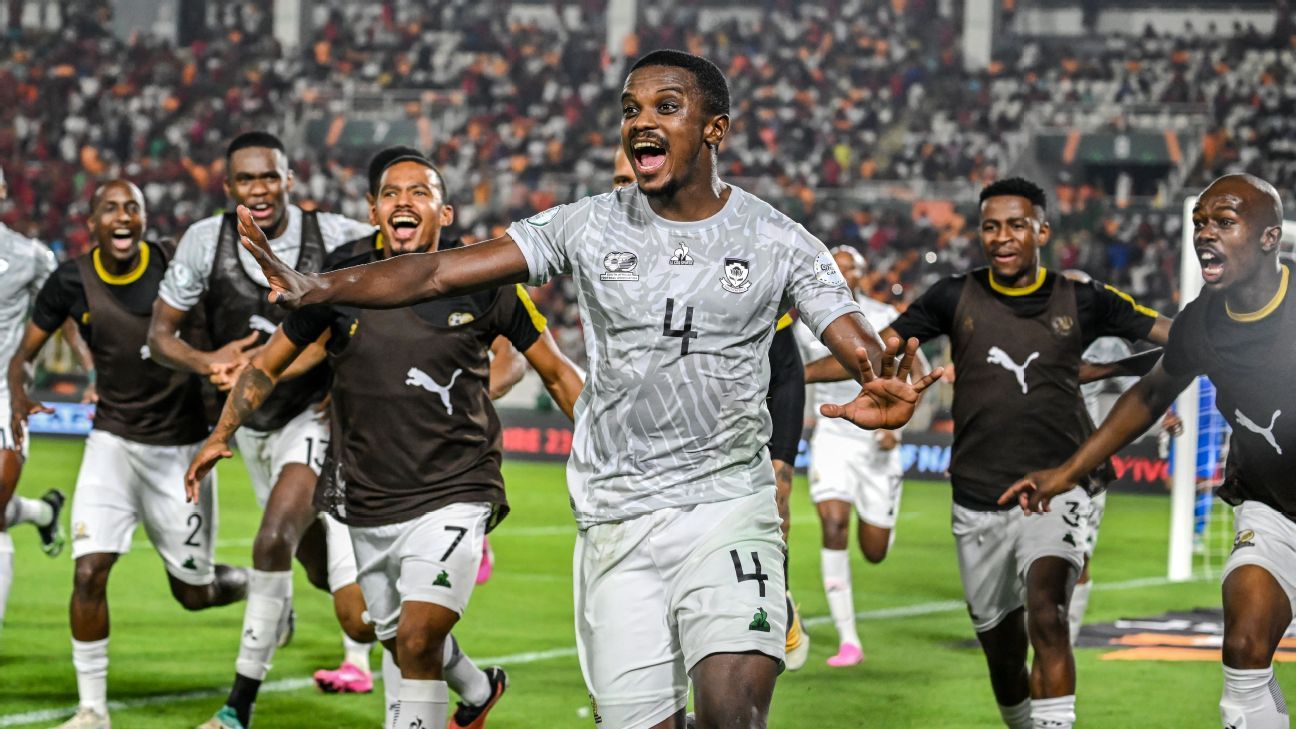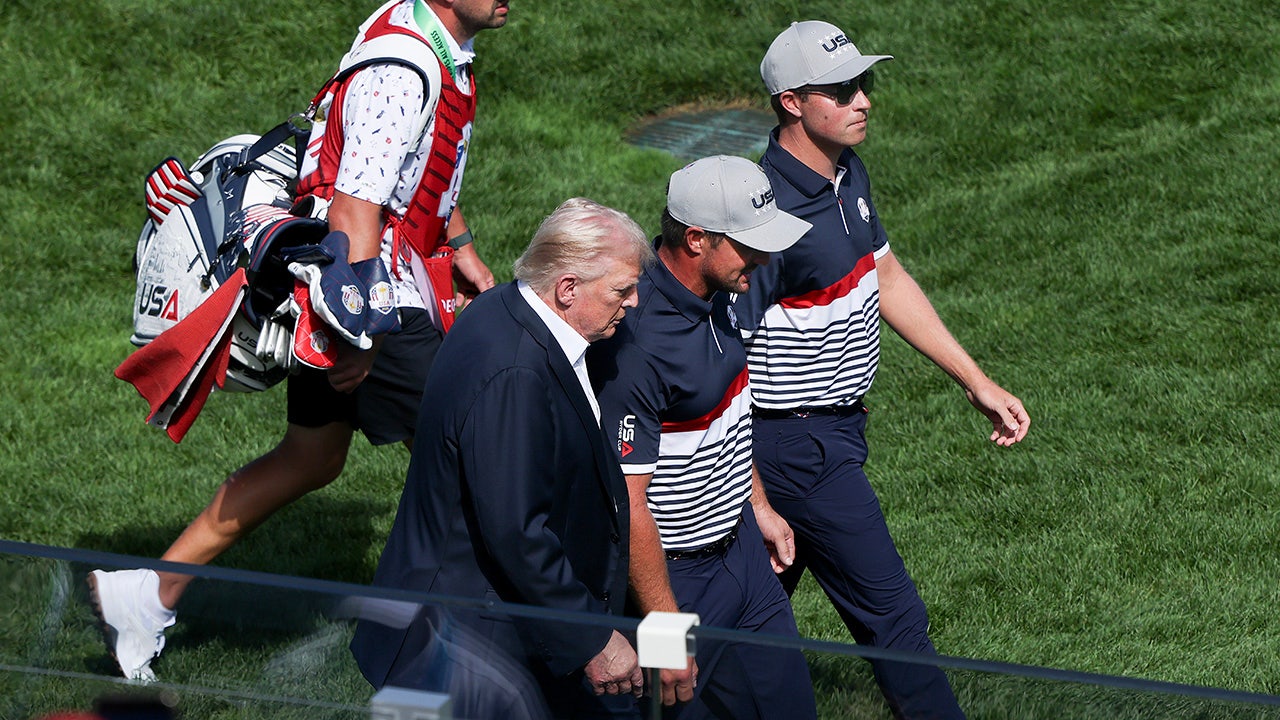The Big 12 conference became the first party named in the House v. NCAA to vote to resolve that case and related antitrust cases, sources told ESPN, forging a path toward a new era in college athletics.
The Big 12 presidents and chancellors voted virtually Tuesday afternoon to approve it unanimously, with outgoing members Texas and Oklahoma abstaining. All 12 continuing members of this year's conference voted to approve. The other four power conferences and the NCAA Board of Governors are expected to vote in the coming days. The agreement is expected to be approved, marking a new direction for college sports.
Sources have consistently indicated to ESPN that there is little resistance at the conference level and the NCAA is also expected to approve the settlement measure. (The Pac-12 will vote as a full 12-team league as currently constructed, as they were when House v. NCAA was filed.)
Sources told ESPN that Big 12 presidents and chancellors were briefed in recent days about a 13-page term sheet containing the text of the deal.
Key parts of the settlement will include the NCAA paying more than $2.7 billion in damages over a decade, of which about $1.6 billion will be withheld from schools.
There is also approximately $20 million in permissive revenue sharing that is expected to begin in the fall of 2025. This revenue sharing will give athletic departments the direct ability to pay players, a massive paradigm shift for college athletics.
The goal of the schools reaching a settlement is to avoid even greater damage in the future, which legal experts considered likely considering the NCAA's poor record in court cases.
The leagues only need a majority vote to approve the deal, and naysayers in the conferences are not believed to have enough momentum to vote against it, according to ESPN sources.
But there is still an aura of uncertainty hanging over the landscape as school presidents meet both virtually and in-person this week.
On campuses, school officials meet and scramble to figure out how to adapt to new paradigms. Major league schools need to find nearly $20 million to budget for athletes and figure out how to divvy it up. Smaller leagues are adjusting how to cover costs, as the NCAA is withholding variable money from schools at all levels of Division I to cover costs.
There is no clarity on the role of Title IX in revenue sharing, how staffing limits will work, and what name, image and likeness enforcement will look like. (NIL is expected to continue to exist in addition to revenue sharing).
Sources have indicated that it will be at least six months until these details are resolved, probably longer. There are also expected to be several more steps before Senior District Judge Claudia Wilkin can approve the deal. All Division I athletes have the opportunity to object to the terms or opt out of the class.
Wilkin also needs to hold a preliminary hearing to review the terms of the agreement. Later, he would have to consider any increase filed against him before formally ruling on the deal. All of these projects will take months to develop.
Calls on Congress to work toward more limited exemptions from future lawsuits are also expected to continue. The industry belief has been that Congress might be more willing to help college sports, rather than save them, now that there is a structure in place that includes revenue sharing for players.
Attorneys in the House case and two other related cases include — Hubbard and Carter — veteran antitrust attorneys Jeffrey Kessler and Steve Berman. Kessler has been at the forefront of the sports labor movement for several decades, including the O'Bannon v NCAA case in 2014. Berman has also been involved in several antitrust cases against the NCAA, including the Alston case which was upheld by the Supreme Court. in 2021.
ESPN writer Dan Murphy contributed to this report.

